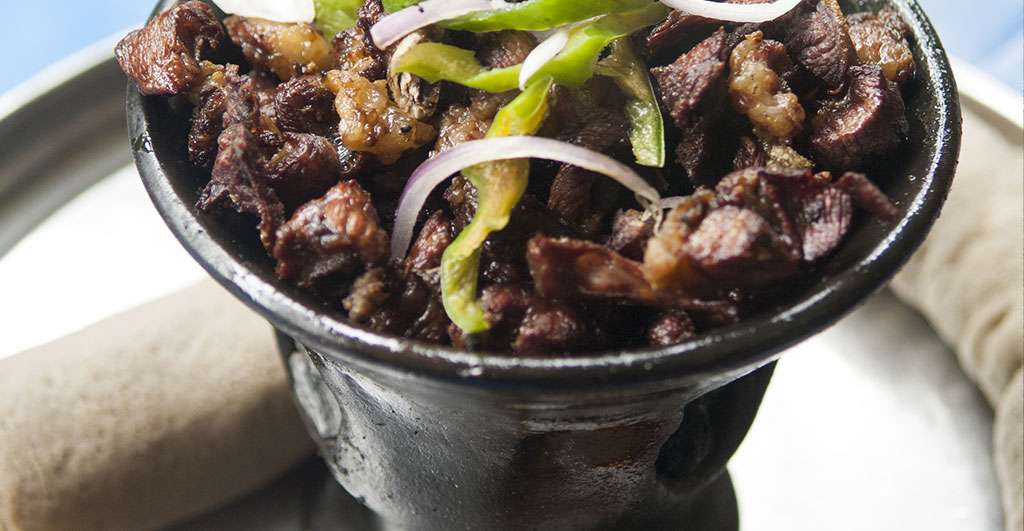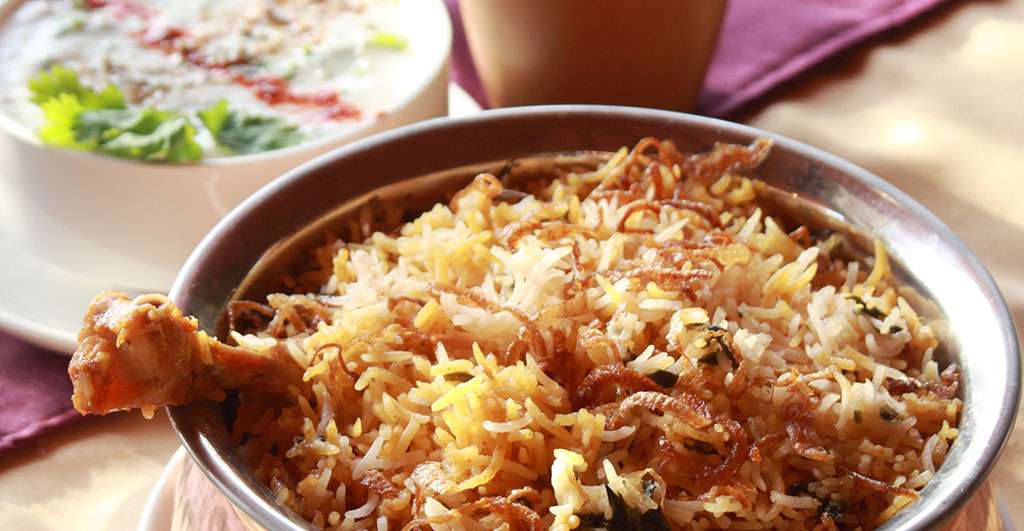NORTH ASIA
The art of balancing cold and hot, sweet and sour, subtle and pungent
North Asia’s diverse cuisine built on a staple foundation of rice, noodles, and soybeans is brought to life with bold, vibrant flavours refined over centuries.
Within the world’s largest and most populated continent on earth comes many unique areas and cultures, all with their distinctive cuisines and delicacies—home to Russia, Mongolia, China, Japan, Uzbekistan and Korea. North Asia is one of the most diverse regions on earth, featuring cuisines rooted deeply in tradition and constantly moving with the seasons. With a significant emphasis on using what’s fresh and in season, North Asian regions use food as a bonding experience with friends, family, and community groups. Whether big or small, each event is centred around the beautiful dishes made with that month’s produce.
Cuisines there have a strong sense of keeping within the tradition and still, today eat as their ancestor’s thousands of years ago.

Hearty root vegetables, cabbages and grains, sweets and seafoods, exotic vegetables and fruits, spicy hot pork, poultry are their common bases. Another thing each region shares regarding food is spices and aromatics. Using zingy peppers, fragrant ginger and star anise, and fresh, floral coriander, these centuries-old cuisines have a complexity to them like no other.
CH
IN
A
Chinese food is all about hot, fiery, and fast cooking. It is some of the most exciting around the globe and one with many layers and unique tastes. With such a vast footprint spanning the predominant portion of Central-East Asia, China has many diverse regions, each with its own dishes and flavours. From Cantonese cuisine of the South to the Huaiyang of the East, Shandong of the North, Sichuan in the West, each region has a unique taste, but one thing remains the same – their passion for food and flavour!

JA
PA
N
There’s an elegant simplicity to Japanese food that sets it apart from any other. Over thousands of years, the Japanese have honed their cooking techniques, and correct knife practice and cooking skills are regarded as an art form. Sushi chefs alone will train for decades to learn proper knife-wielding skills as they feel it is fundamental to great taste. The essence of Japanese food is focused on the purity and quality of ingredients, all celebrated in their most natural state and presented as a work of art to be eaten with one’s eyes as well as stomachs.

Join the Spice People to Get Started on Your Culinary Spice Journey!
Be the first to hear about our exclusive promotions, new product releases, recipes and more.




